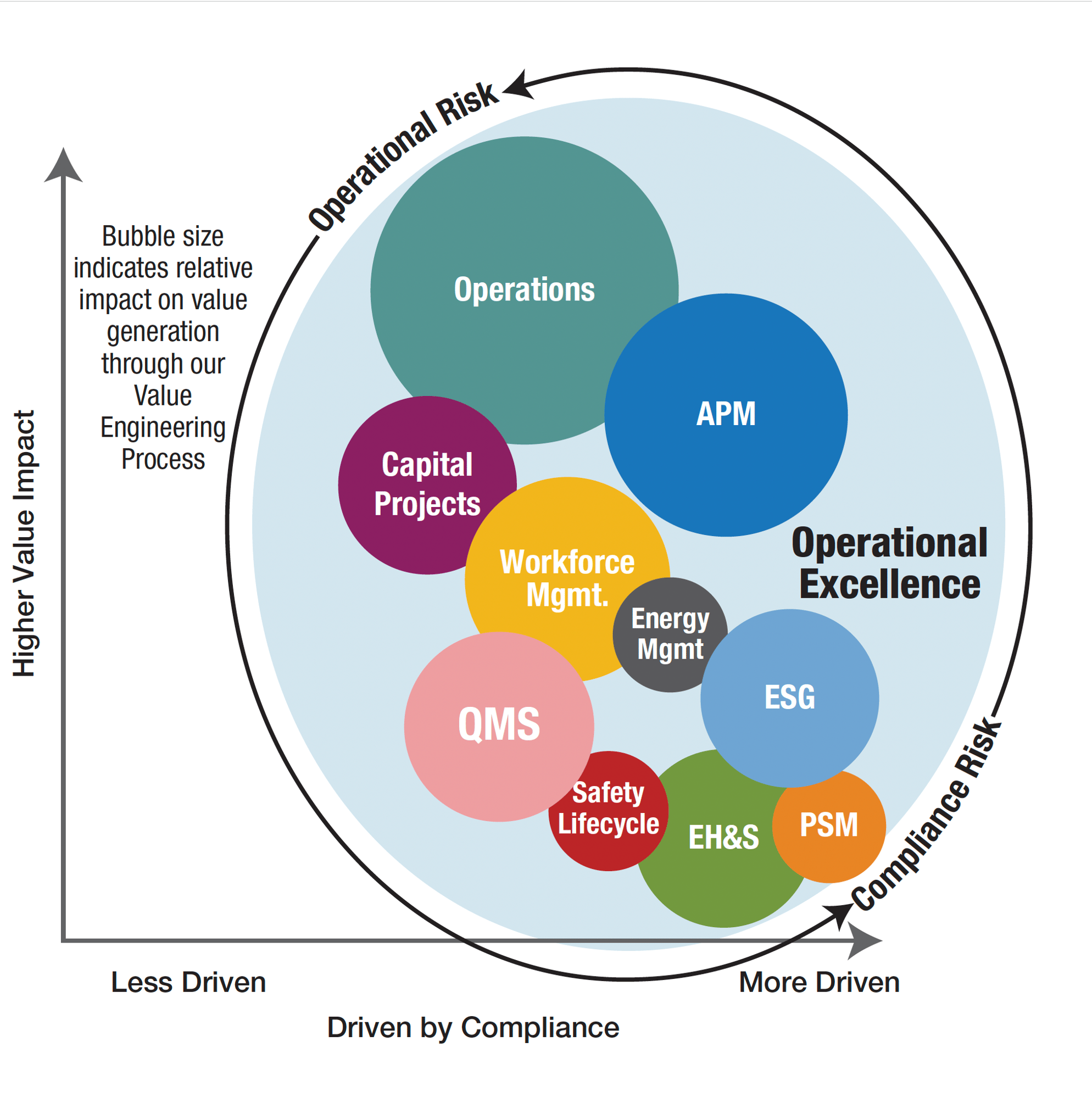
Download the ELP Whitepaper to discover
how organizations proactively prevent losses and achieve Operational Excellence
How to Achieve ELP Success

Why Enterprise Loss Prevention (ELP)?
ELP focuses on proactively identifying risks and vulnerabilities to prevent losses—rather than reacting after incidents—enabling incident-free operations and achieving Operational Excellence.
What Is Next-Generation ELP?
It integrates event-based and hierarchical data to give a comprehensive view of risks and losses. This allows organizations to focus on the right priorities at the right time and move beyond after-the-fact reporting.
ELP Maturity Roadmap
Explore and understand the four phases of ELP: Basic, Intermediate, Advanced, and Mature ELP.
What Are the Benefits of ELP?
Improved asset performance, production efficiency, resilient supply chains, enhanced compliance, better workforce competency, and fulfilling customer and societal obligations.